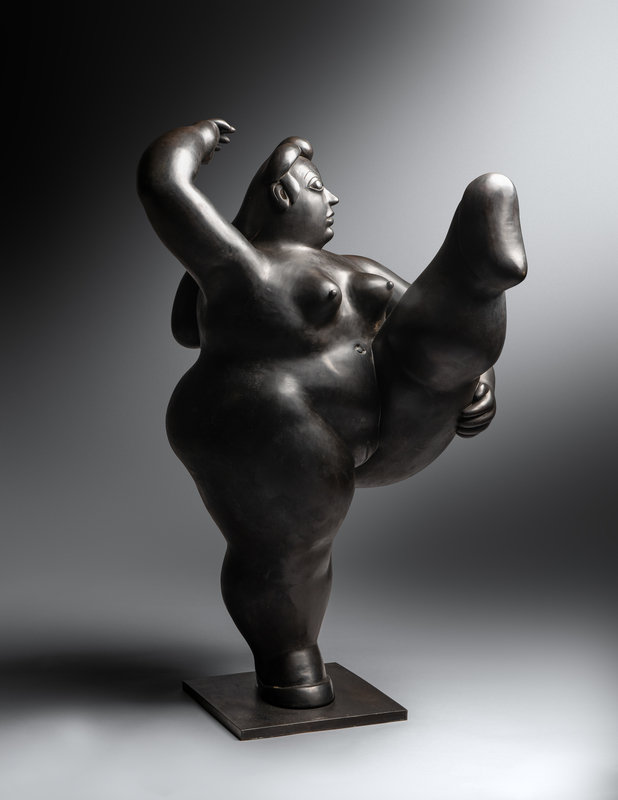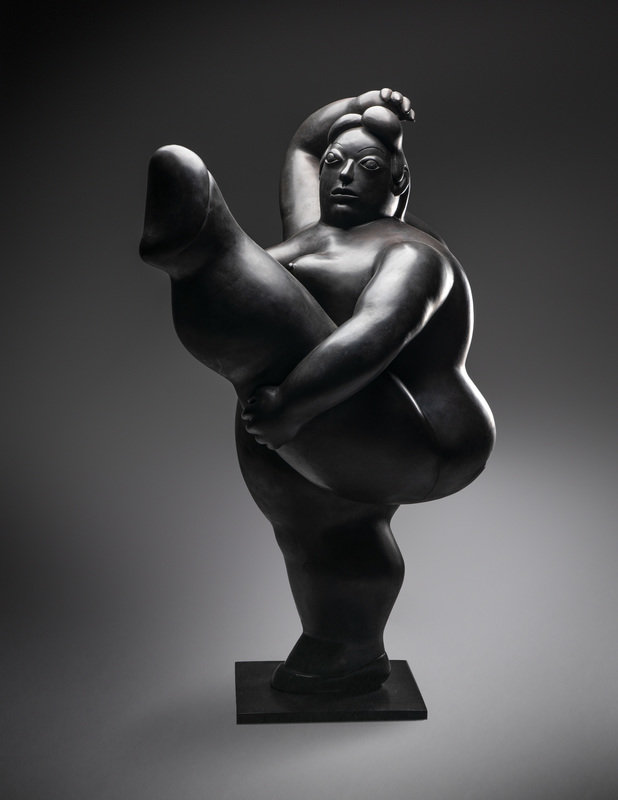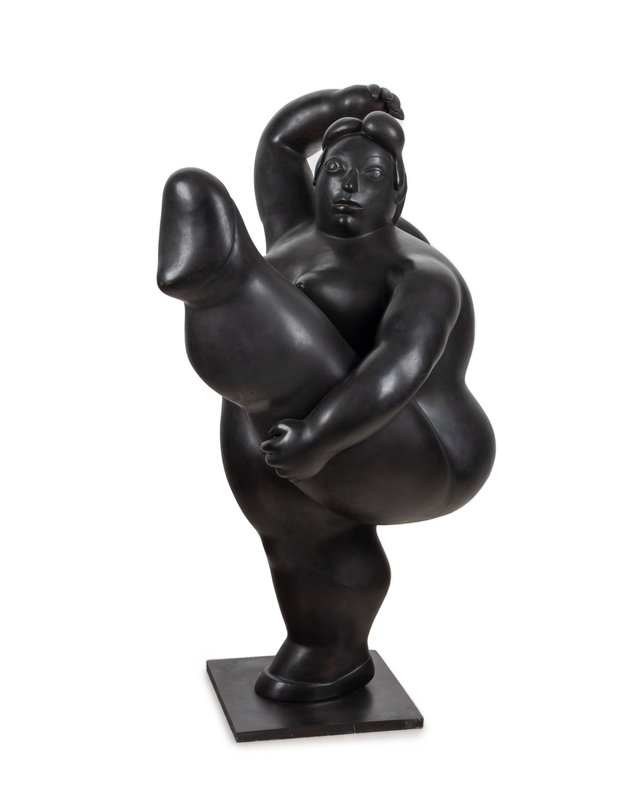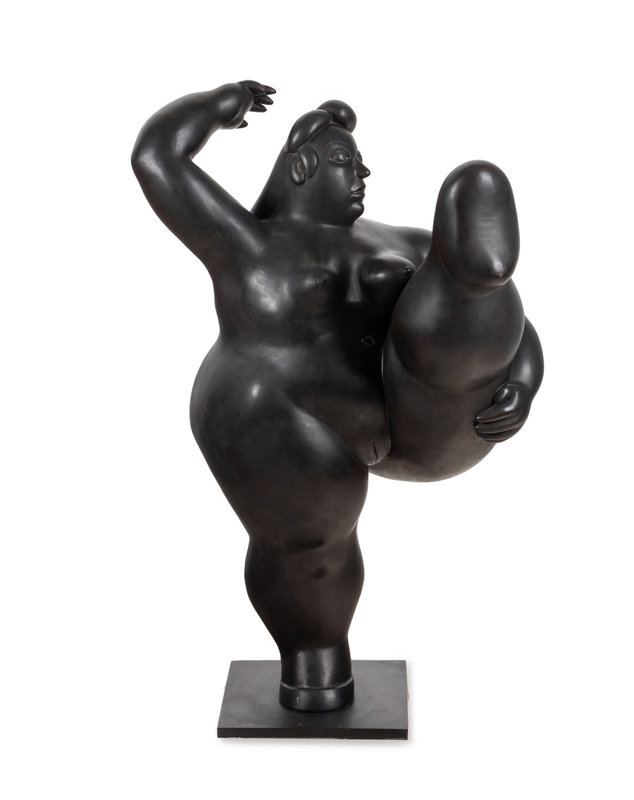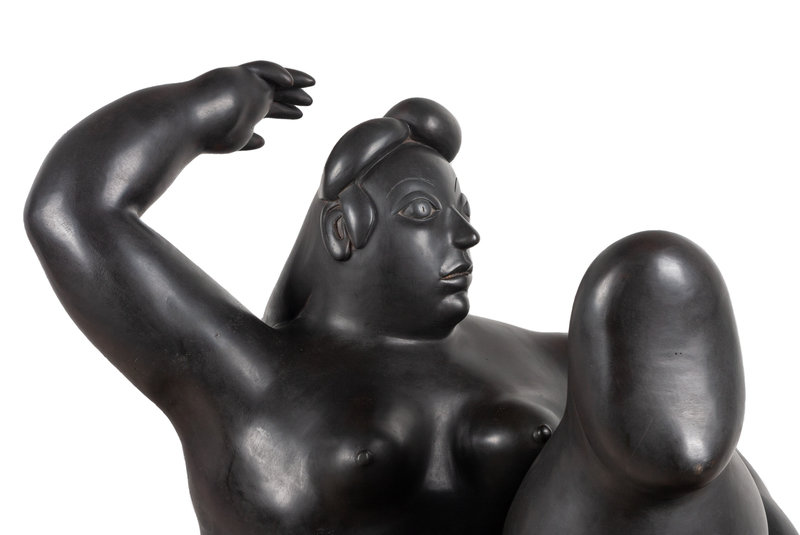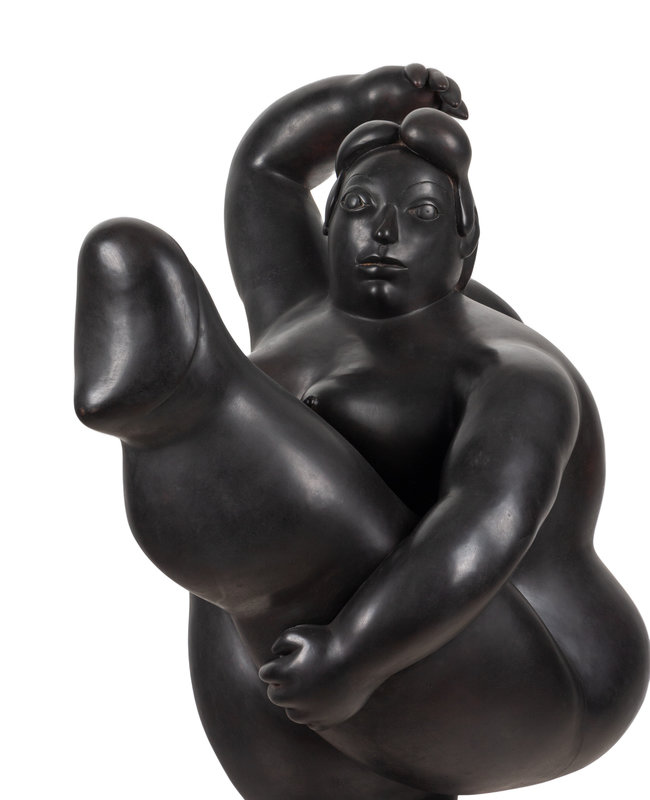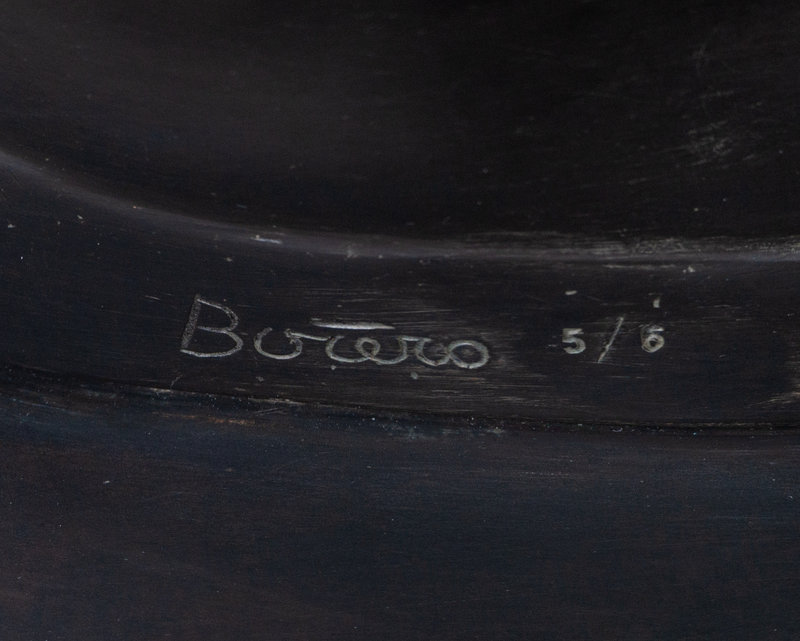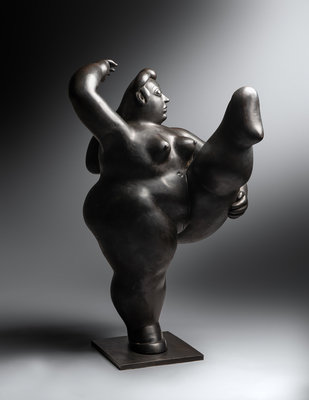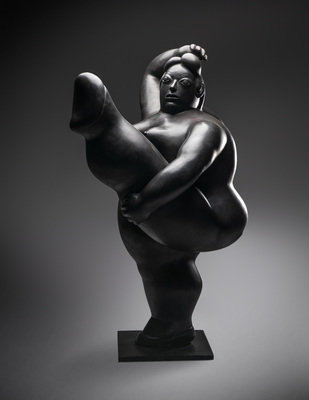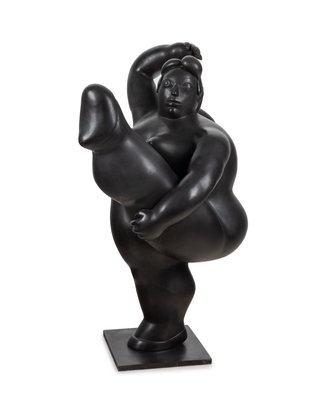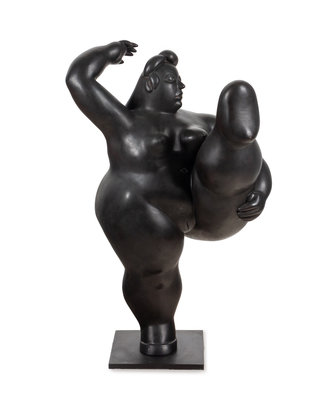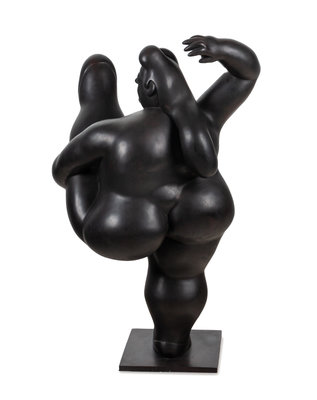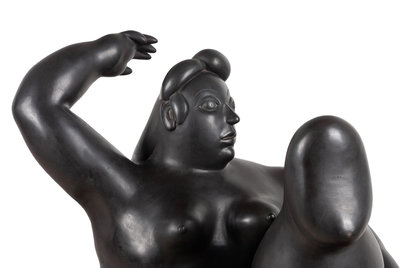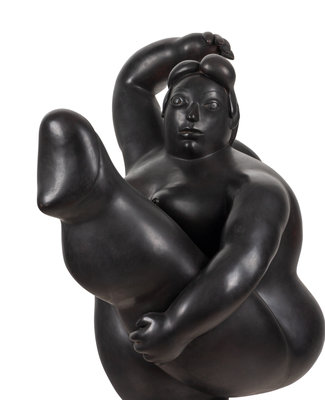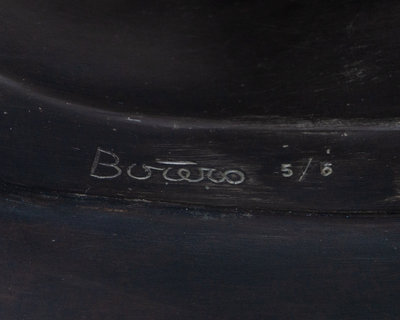Condition Report
Contact Information
Auction Specialist
Lot 55
Fernando Botero
(Colombian, b. 1932)
Ballerina
, 1981
Sale 1114 - Post-War & Contemporary Art
Dec 14, 2022
10:00AM CT
Live / Chicago
Own a similar item?
Estimate
$200,000 -
300,000
Price Realized
$300,000
Sold prices are inclusive of Buyer’s Premium
Lot Description
Fernando Botero
Height 41 inches.
Property from the Collection of Theodore H. and Sharon B. Pincus, Chicago, Illinois
This lot is located in Chicago.
(Colombian, b. 1932)
Ballerina
, 1981bronze
inscribed Botero and numbered 5/6
Height 41 inches.
Property from the Collection of Theodore H. and Sharon B. Pincus, Chicago, Illinois
This lot is located in Chicago.
